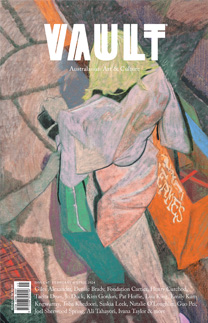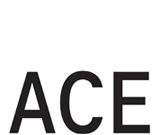Rita Ackermann
Continental Drift
Floating between the abstract and the figurative, the dream-like paintings of the Hungarian-born, New York-based artist Rita Ackermann revel in the freedom of rootlessness and the endless potential of the fragmented self.
Rita Ackermann has been making her distinctive paintings, with their line-drawn characters, dramatic, even decadent color, and expressive brushstrokes, for over two decades now. She studied at the Academy of Fine Arts, Budapest, and then moved to New York in the early 1990s, leaving behind a Hungary that was speeding from its ‘Soft Communism’ period toward capitalism and democracy. She felt she had been living in a comfortable bubble, and when it burst,
she dived into the unknown. With a scholarship in hand, she enrolled at the New York Studio School, where students sketch from life in the traditional European atelier method.
In Hungary, Ackermann was drawn to the abstractions of Franz Kline and Cy Twombly, yet later a portrait of the Russian ballet dancer Vaslav Nijinsky by Kline caught her eye. It combined subdued versions of his trademark brushstrokes with Nijinsky as an archetypal clown character, not unlike Ackermann’s linear figures. In Kline’s work and hers, gestures delivered “the abstract emotion, and the figures delivered the words.”
Ackermann found herself an outsider in America. People identified her with the teenage émigré in Jim Jarmusch’s iconic downtown movie, Stranger Than Paradise (1984): “Everyone was associating me with the Hungarian girl, who’s kind of ultra-weird, with the accent. It was immediately welcoming, but at the same time, it put me in this stranger in paradise role.”
She is taken by friend and writer John Kelsey’s description of her work being ‘rooted’ in ‘rootlessness’. “It’s an accurate description of artists who are coming from a different culture, how they actually ... Subscribe to read this article in full

























